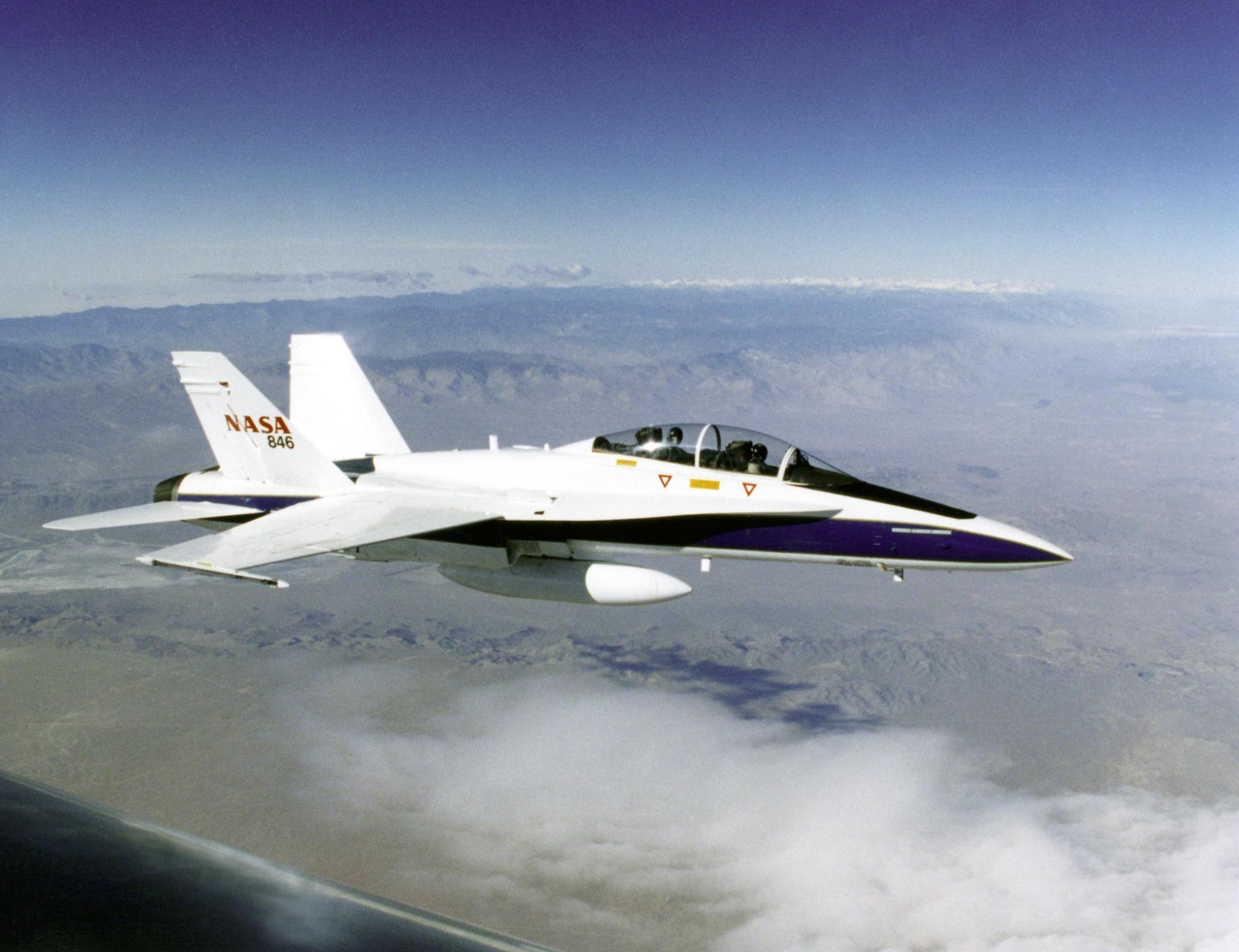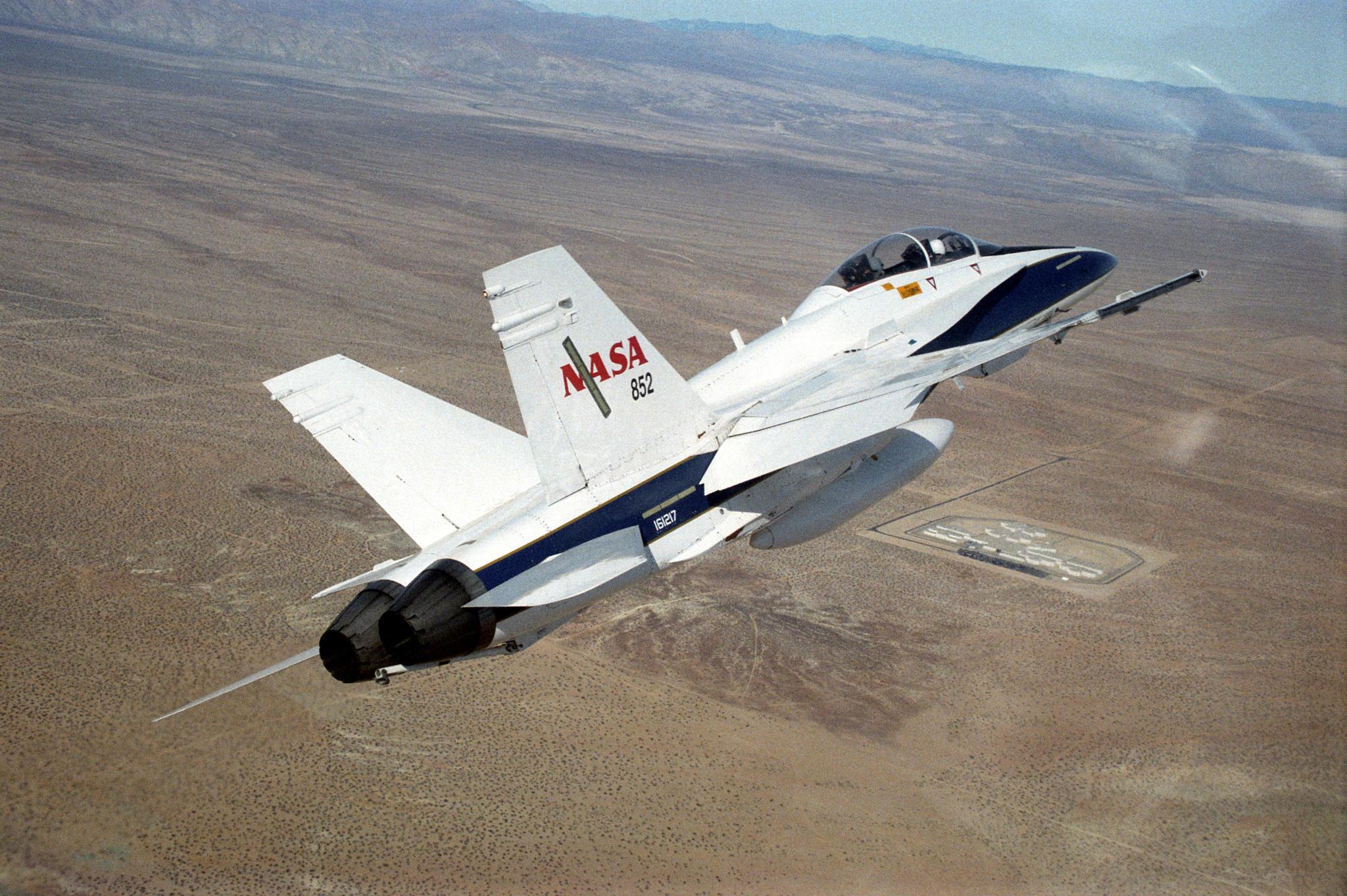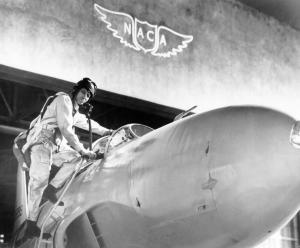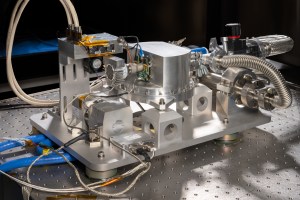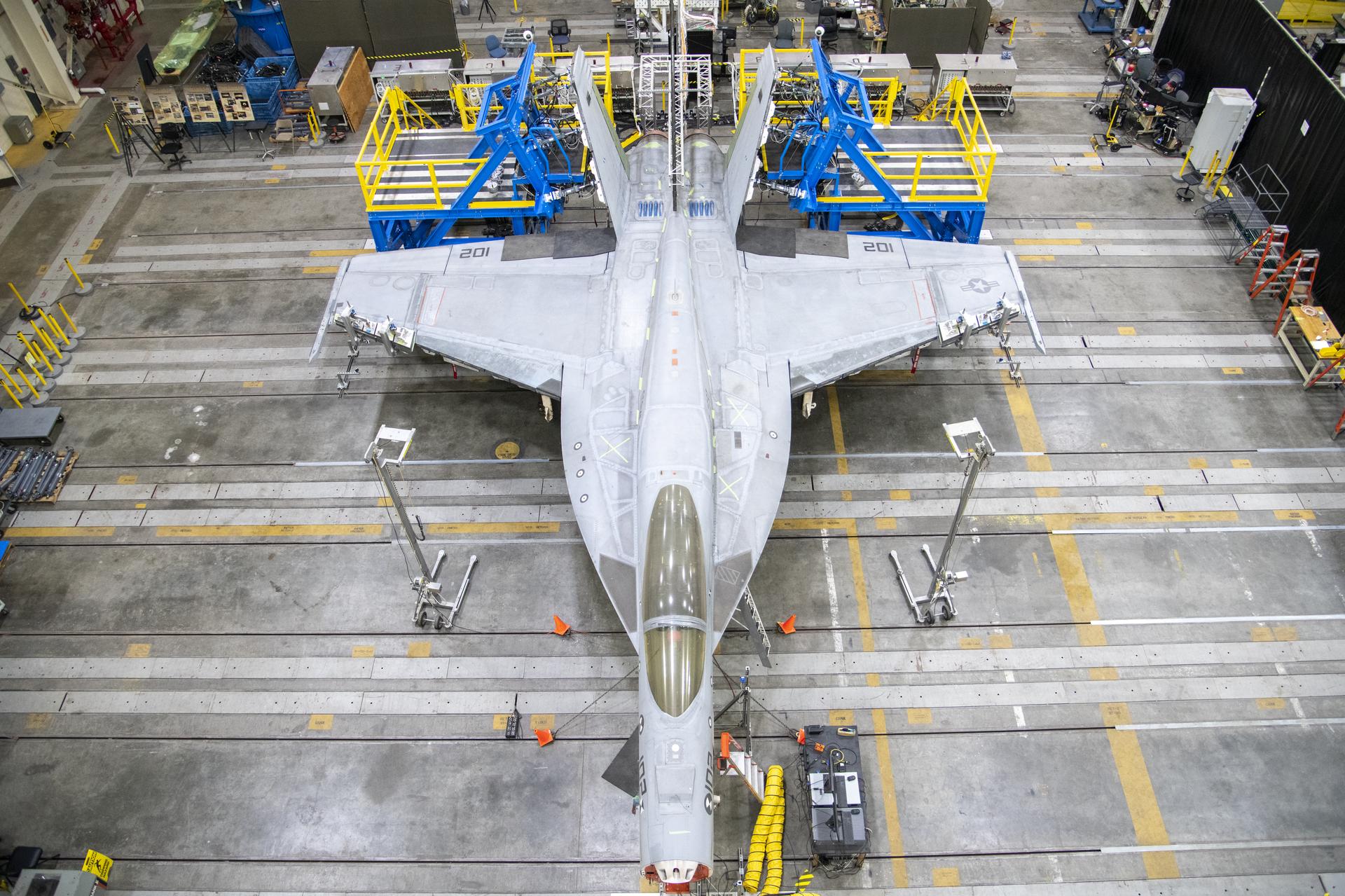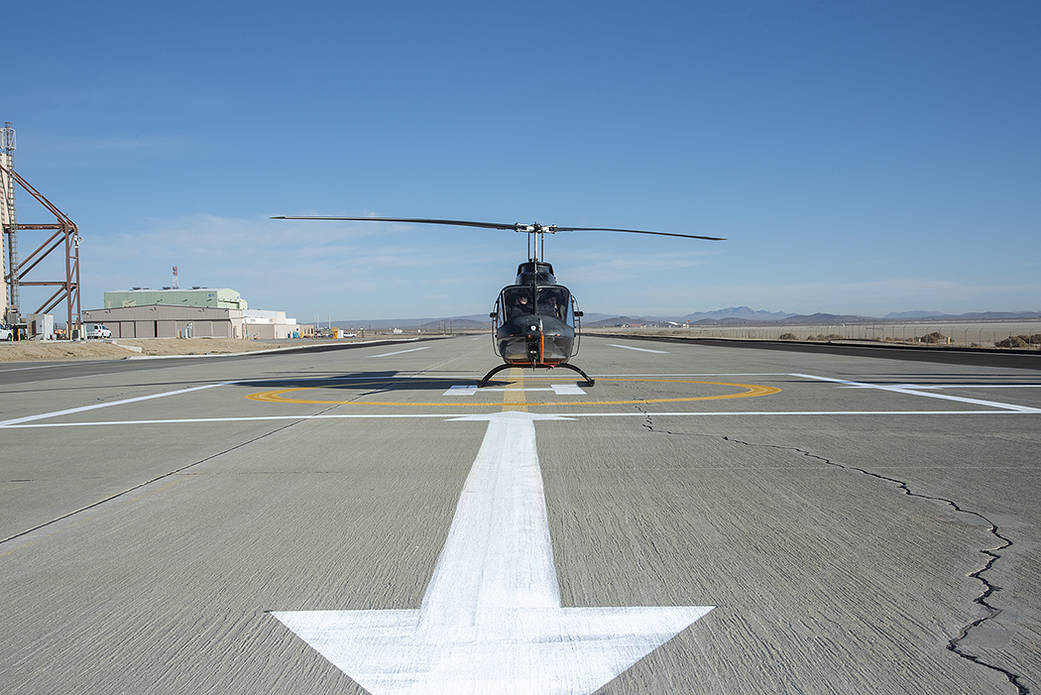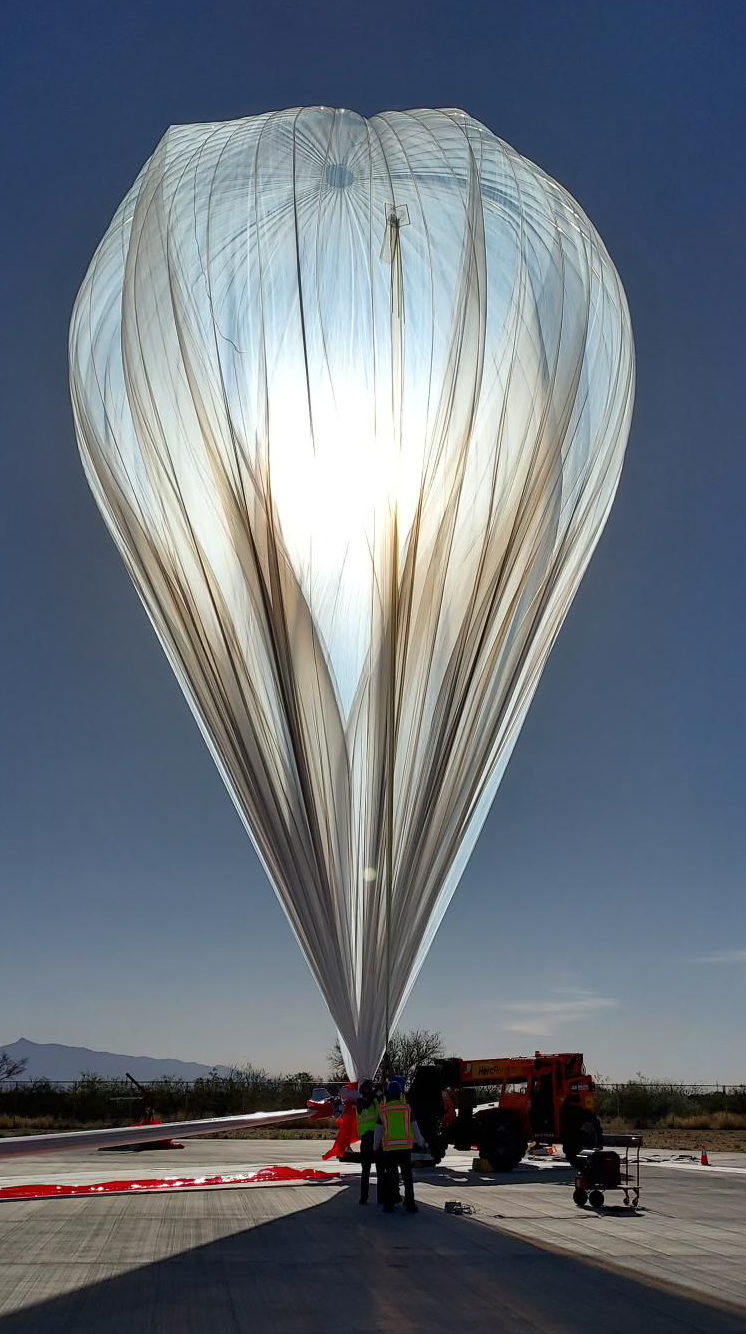Three F/A-18 Hornet aircraft are flown at NASA’s Armstrong Flight Research Center in Edwards, California, for research support and pilot proficiency. The aircraft were obtained from the U.S. Navy between 1984 and 1991. One has a two-seat cockpit while the others are single-seat aircraft. NASA research support aircraft are commonly called chase planes and fill the role of escort aircraft during research missions.
Chase pilots are in constant radio contact with research pilots and serve as an “extra set of eyes” to help maintain total flight safety during specific tests and maneuvers. They monitor certain events for the research pilot and are an important safety feature on all research missions.
Chase aircraft also are used as camera platforms for research missions that must be documented with photographs or video. Aeronautical engineers monitor and verify various aspects of a research project by extensively using photos and video.
The two-seat F/A-18 support aircraft is normally used for photo or video chase. The aircraft is configured to transmit live video back to Armstrong so engineers can visually monitor the mission as it is flown. This feature greatly enhances flight safety.
The F/A-18 fleet is also used by Armstrong research pilots for the routine flight training and proficiency required of all NASA pilots.
The formal designation of the aircraft is F/A-18, corresponding to the dual fighter-attack role of the Hornets in the U.S. Navy and U.S. Marine Corps. McDonnell Douglas, now The Boeing Company of St. Louis, Missouri, built the aircraft.
Aircraft Specifications
- Two General Electric F404 turbofan engines power the aircraft, each producing 17,700 pounds (8028.58 kilograms) of thrust.
- Top speed is more than Mach 1.8 (1190 mph).
- Wingspan is 40 feet, 4 inches (12.29 meters), while the length is 56 feet (17.06 meters).
- Typical gross weight of the aircraft is about 40,000 pounds.
























